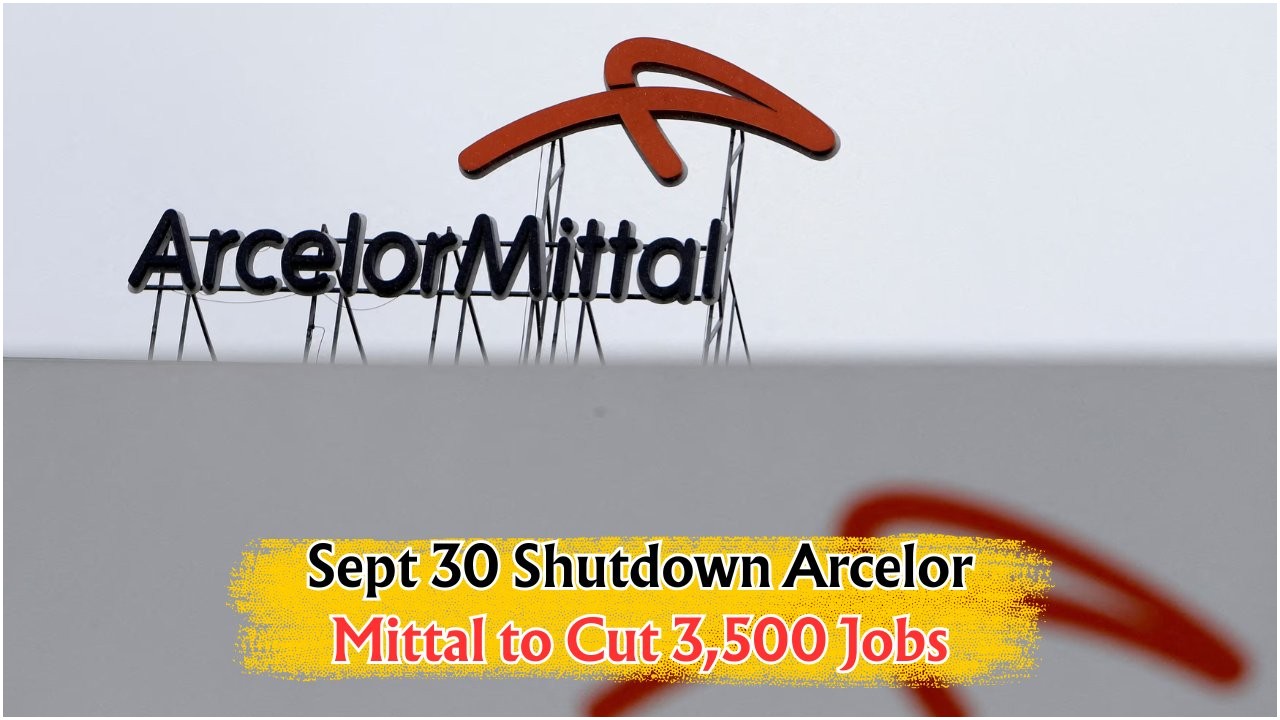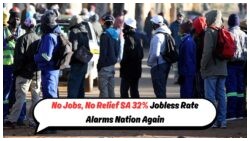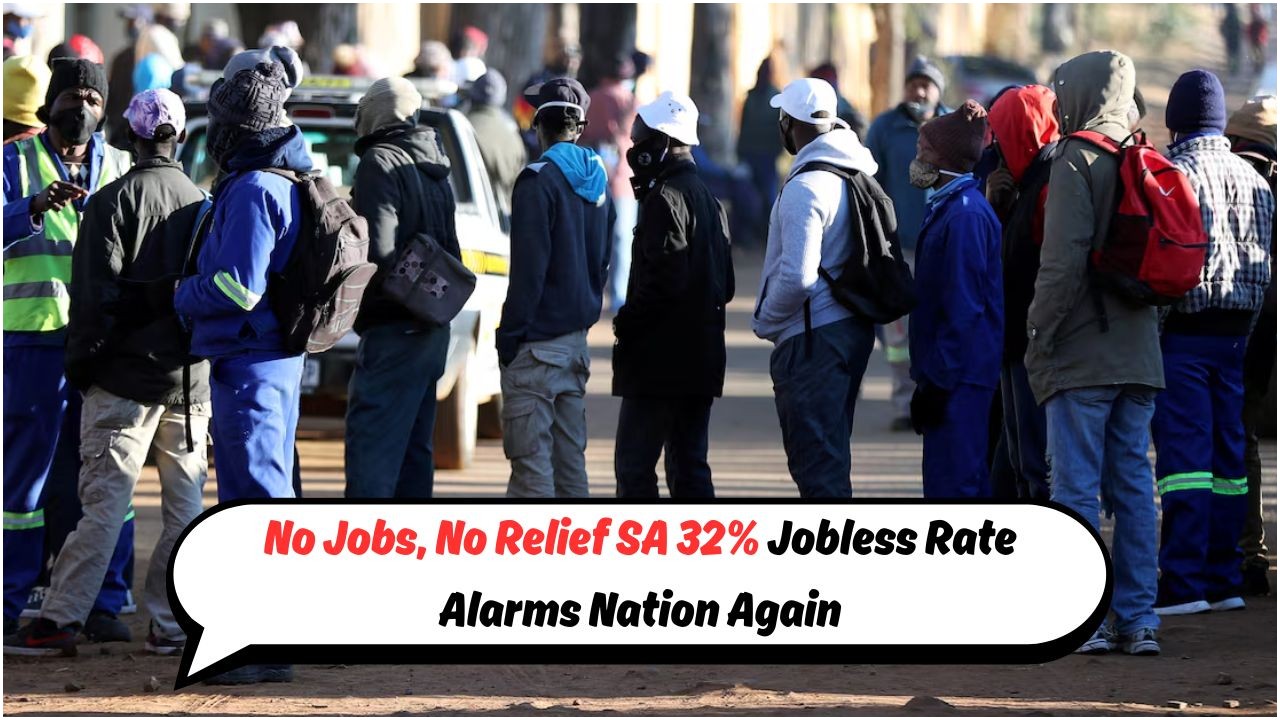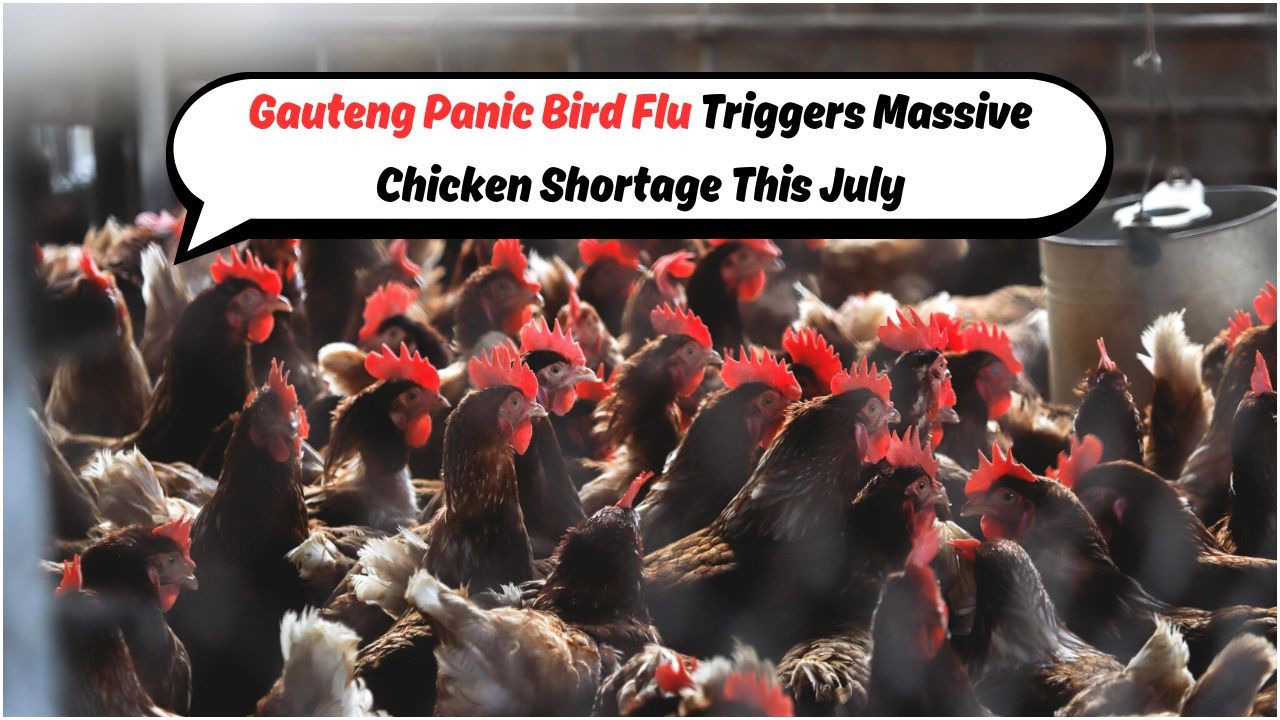ArcelorMittal Shutdown Sparks Crisis: ArcelorMittal’s closure has sent ripples throughout the South African steel industry. As of the end of September, a staggering 3,500 jobs have been lost, painting a grim picture for the sector. The shutdown is not just a blow to the company’s employees but a significant hit to the local economy and steel production capabilities. This development highlights the vulnerabilities in South Africa’s industrial landscape, as businesses and workers alike grapple with the economic ripple effects. The implications are profound, not just for those directly affected, but for a host of ancillary industries, from transportation to manufacturing, that rely on a steady steel supply.
Impact on South Africa’s Economy and Steel Industry
The shuttering of ArcelorMittal facilities has thrown a spotlight on the challenges facing the South African steel industry. The country’s economic health is intricately linked to the performance of its industrial sectors, with steel being a cornerstone. The loss of 3,500 jobs is a stark indication of the strain this sector is under, affecting families and communities dependent on these jobs. The broader economic impact is significant, with potential reductions in GDP growth and increased pressure on government resources to support displaced workers. The urgency to diversify and strengthen the industrial base has never been clearer, as the nation looks to mitigate such risks in the future.
- Loss of 3,500 jobs impacts local economies.
- Potential reduction in GDP growth rates.
- Increased pressure on social services and unemployment benefits.
- Ripple effect on related industries such as transportation and logistics.
- Need for government intervention and policies to support affected workers.
- Potential for increased competition from international steel producers.
- Opportunities for innovation and diversification in the industry.
- Importance of strategic partnerships and collaborations.
- Focus on sustainable practices to revitalize the industry.
Strategies for Recovery and Stability in the Steel Sector
In light of the ArcelorMittal shutdown, the South African steel industry must explore recovery strategies to stabilize and thrive. Promoting local production and reducing reliance on imports is essential. This can be achieved by investing in modern technologies that enhance efficiency and reduce costs. Additionally, forming strategic partnerships both locally and internationally can bolster capabilities and market reach. The government also plays a crucial role by introducing supportive policies that incentivize growth and innovation within the industry. By focusing on these strategies, the sector can build resilience and secure its future in the global market.
Key Recovery Strategies
- Investing in modern, efficient production technologies.
- Encouraging local production to reduce import dependency.
- Forming strategic local and international partnerships.
- Government policies to support industry growth.
- Fostering innovation and sustainable practices.
Future Outlook for South Africa’s Steel Industry
| Strategy | Goal | Potential Outcome | Challenges |
|---|---|---|---|
| Modern Technologies | Increase Efficiency | Lower Production Costs | High Initial Investment |
| Local Production | Reduce Imports | Strengthen Local Economy | Market Volatility |
| Partnerships | Expand Market Reach | Increased Exports | Cultural and Policy Differences |
| Government Support | Incentivize Growth | Industry Stability | Policy Implementation |
| Innovation | Drive Sustainability | Long-term Viability | Resistance to Change |
| Training Programs | Workforce Development | Skilled Labor Force | Funding Constraints |
| Research & Development | New Technologies | Industry Leadership | Resource Allocation |
Social and Community Implications of Job Loss
The social ramifications of the ArcelorMittal shutdown extend beyond the immediate loss of jobs. Affected workers face not only financial uncertainty but also the emotional toll of unemployment. Communities that heavily relied on these jobs for economic stability now confront increased unemployment rates and reduced consumer spending. This can lead to a decline in local businesses and services, exacerbating the economic downturn. Addressing these challenges requires a concerted effort from both government and private sectors to create new opportunities and provide support for those impacted.
Community Support Initiatives
- Job retraining programs to equip workers with new skills.
- Financial assistance and counseling services for affected families.
- Community development projects to stimulate local economies.
- Encouraging entrepreneurship and small business growth.
- Partnerships with educational institutions for skill development.
- Public-private partnerships to create new employment opportunities.
- Focus on mental health support for affected individuals.
Industry Challenges and Resilience Building
| Challenge | Impact | Response Strategy | Outcome |
|---|---|---|---|
| Job Loss | Increased Unemployment | Retraining Programs | Skilled Workforce |
| Economic Decline | Reduced Local Spending | Community Projects | Economic Revitalization |
| Industry Competition | Market Share Loss | Innovation and Technology | Competitive Edge |
| Supply Chain Disruptions | Production Delays | Partnerships | Stable Supply Chain |
| Environmental Concerns | Sustainability Issues | Green Technologies | Eco-friendly Industry |
Global Market Dynamics and South Africa’s Steel Industry
The global steel market is a dynamic environment, influenced by geopolitical factors, trade policies, and technological advancements. South Africa’s position in this market is challenged by the ArcelorMittal shutdown, but it also presents an opportunity to realign and strengthen its global standing. By leveraging advancements in technology and sustainable practices, the South African steel industry can enhance its competitive advantage. Engaging with international trade partners and exploring new markets will be crucial for growth. These strategies can help mitigate the impacts of global market fluctuations and ensure a robust steel industry in South Africa.
Global Market Engagement Strategies
- Adopting advanced, sustainable steel production technologies.
- Building robust international trade relationships.
- Exploring emerging markets for new opportunities.
- Aligning with global environmental standards.
- Investing in research and development for innovative solutions.
- Fostering a skilled workforce through international collaborations.
- Enhancing export capabilities to increase global market share.
South Africa’s Steel Export Statistics
| Year | Total Exports (tons) | Revenue (ZAR billion) | Major Export Markets |
|---|---|---|---|
| 2018 | 5.2 million | 15.6 | USA, China, Germany |
| 2019 | 5.0 million | 14.8 | India, Japan, UK |
| 2020 | 4.8 million | 13.5 | Netherlands, Italy, France |
| 2021 | 5.5 million | 16.2 | Brazil, Mexico, Turkey |
| 2022 | 5.1 million | 15.1 | South Korea, Canada, Spain |
Long-term Resilience in South Africa’s Steel Industry
Ensuring the long-term resilience of the South African steel industry involves addressing both current challenges and future uncertainties. Emphasizing innovation and sustainability is vital in adapting to evolving global standards. Additionally, fostering a diverse economy that is not overly reliant on a single sector can provide a buffer against industry-specific downturns. Building resilience also means preparing the workforce for future industry demands through education and training programs. By focusing on these areas, the steel industry can secure a stable and prosperous future.
Steps to Achieve Long-term Resilience
- Invest in innovation and sustainable practices.
- Diversify the economy to reduce reliance on steel.
- Enhance workforce skills through education and training.
- Maintain flexibility to adapt to market changes.
- Strengthen local and international partnerships.
- Implement policies that support industry stability.
- Encourage community engagement and support initiatives.
South Africa’s Path to Steel Industry Resilience
| Focus Area | Goal | Action | Expected Outcome |
|---|---|---|---|
| Innovation | Lead in New Technologies | R&D Investment | Technological Advancement |
| Sustainability | Eco-friendly Production | Green Technologies | Reduced Environmental Impact |
| Economic Diversity | Reduce Sector Reliance | Promote Other Industries | Balanced Economy |
| Education | Skilled Workforce | Training Programs | Ready for Future Demands |
| Partnerships | Global Integration | International Collaborations | Expanded Market Reach |
Frequently Asked Questions
What caused the ArcelorMittal shutdown?
The shutdown was primarily due to economic pressures and reduced demand in the steel market.
How many jobs were lost due to the shutdown?
A total of 3,500 jobs were lost as a result of the closure.
What is the impact on the local economy?
The local economy faces increased unemployment and reduced consumer spending, affecting businesses and services.
Are there any plans for recovery in the steel industry?
Yes, strategies include investing in technology, forming partnerships, and government support to stabilize and grow the industry.
How does this affect South Africa’s position in the global steel market?
The shutdown presents challenges but also opportunities to enhance competitiveness through innovation and sustainable practices.







